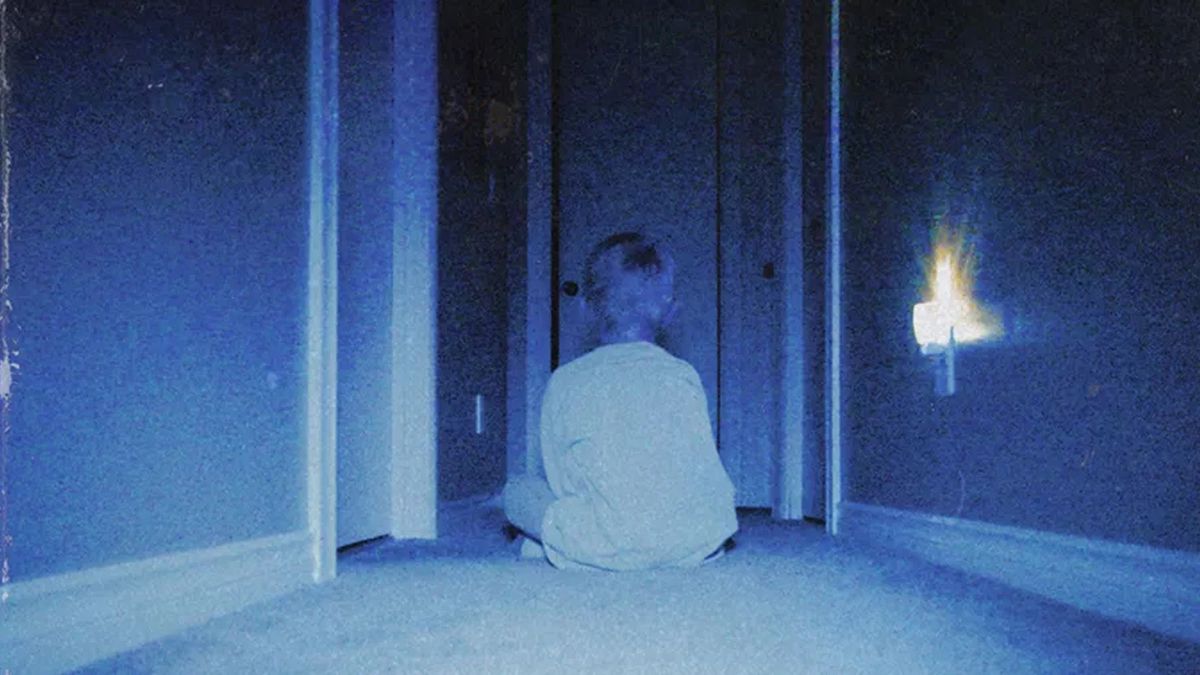By Cassidy Lee
Staff Writer
In late January and early February, a polar vortex of extreme cold hit the midwest and several northeastern states, with record breaking temperatures of 70 degrees below zero.
The polar vortex was caused by the expansion of the North Pole, sending cold air southward.
USA Today reported, “On January 31st, Chicago was colder than parts of the North Pole.”
The polar vortex caused the deaths of over 21 people. Gerald Belz, an 18-year-old pre-med student at the University of Iowa, was on campus when he died of hypothermia. In Ohio, a 60-year old woman was found frozen in her home after her thermostat malfunctioned. In Rochester, MN, the body of Ali Gombo, 22, was found after she had been locked out of his sister’s residence. In Michigan, a 90-year old woman was found dead after she had accidentally locked herself out of her home to feed her birds.
Deaths and injuries were caused by car accidents, snow plow accidents, and falling ice or other objects. Snow and ice have also caused roads to freeze over with black ice, causing cars and trucks to slide of the road.
When speaking to ABC 7 news, Chicago resident Brandon Memenga stated “There’s a lot of ice, I don’t know how much it’s doing, but the roads are still slick.”
Though below freezing temperatures are causing many to succumb to the cold, attempts to stay warm can be dangerous. In Illinois, nine people were hospitalized for carbon monoxide exposure after using a charcoal grill to heat their home.
Keith MacIsaac, a fire chief in Illinois, stated to The New York Times, “If this had occured at night when people are sleeping, this easily could have resulted in nine fatalities.”
Intense snowfall caused airports across the Midwest to cancel flights. The New York Times reported that “more than 2,500 flights were canceled in the United States” as a result of the polar vortex.
Jeff Masters, meteorology director of Weather Underground, stated to USA Today, “I don’t think there’s ever been a case where we’ve seen such a big shift in temperatures.”
The windchill also caused southwestern states, such as California, Nevada, and Texas, to experience a drop in temperatures and an increase in wind activity.
The Guardian stated, “The bitter cold gripling the American East and Midwest […] is expected to turn into spring-like weather by the end of February.”

